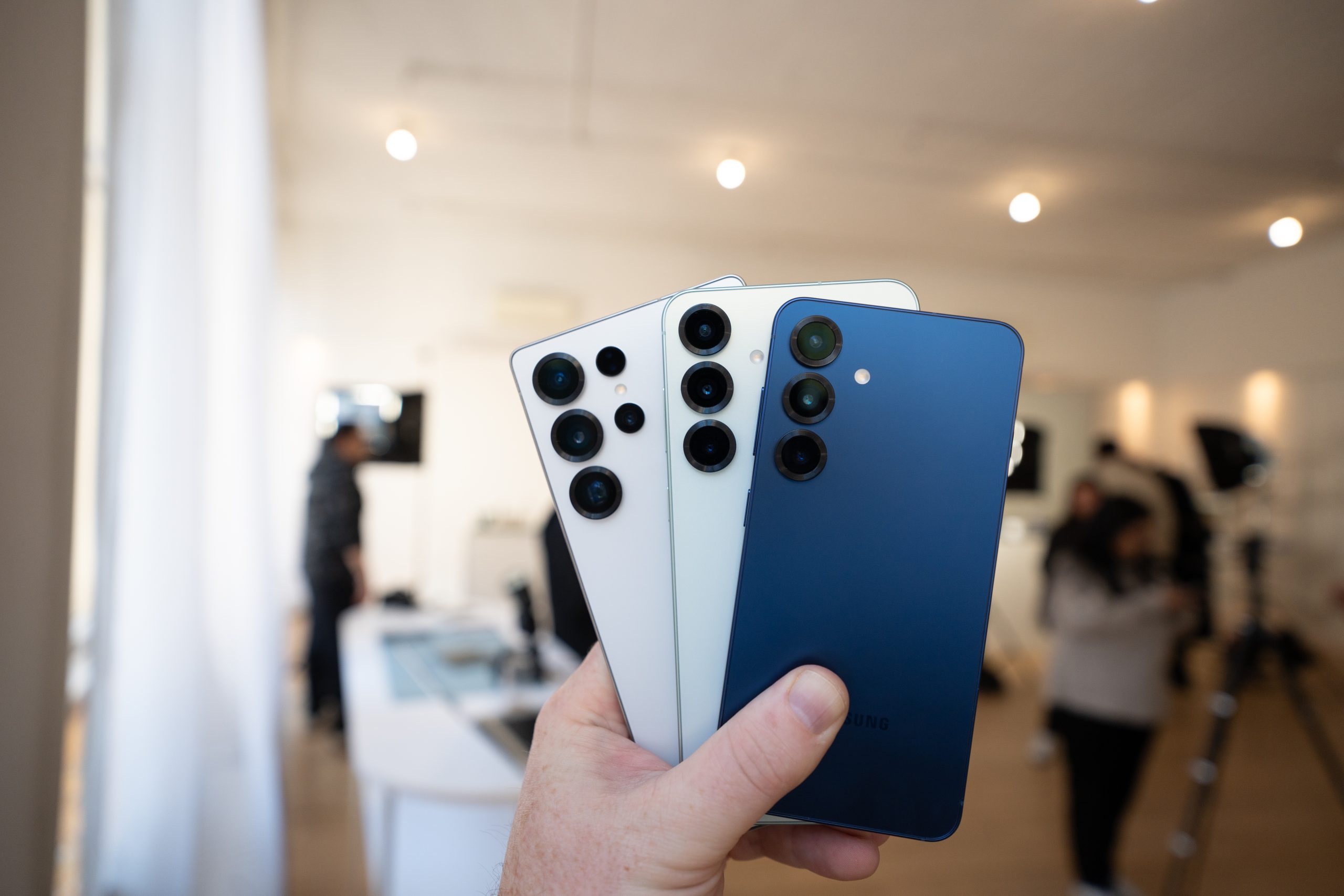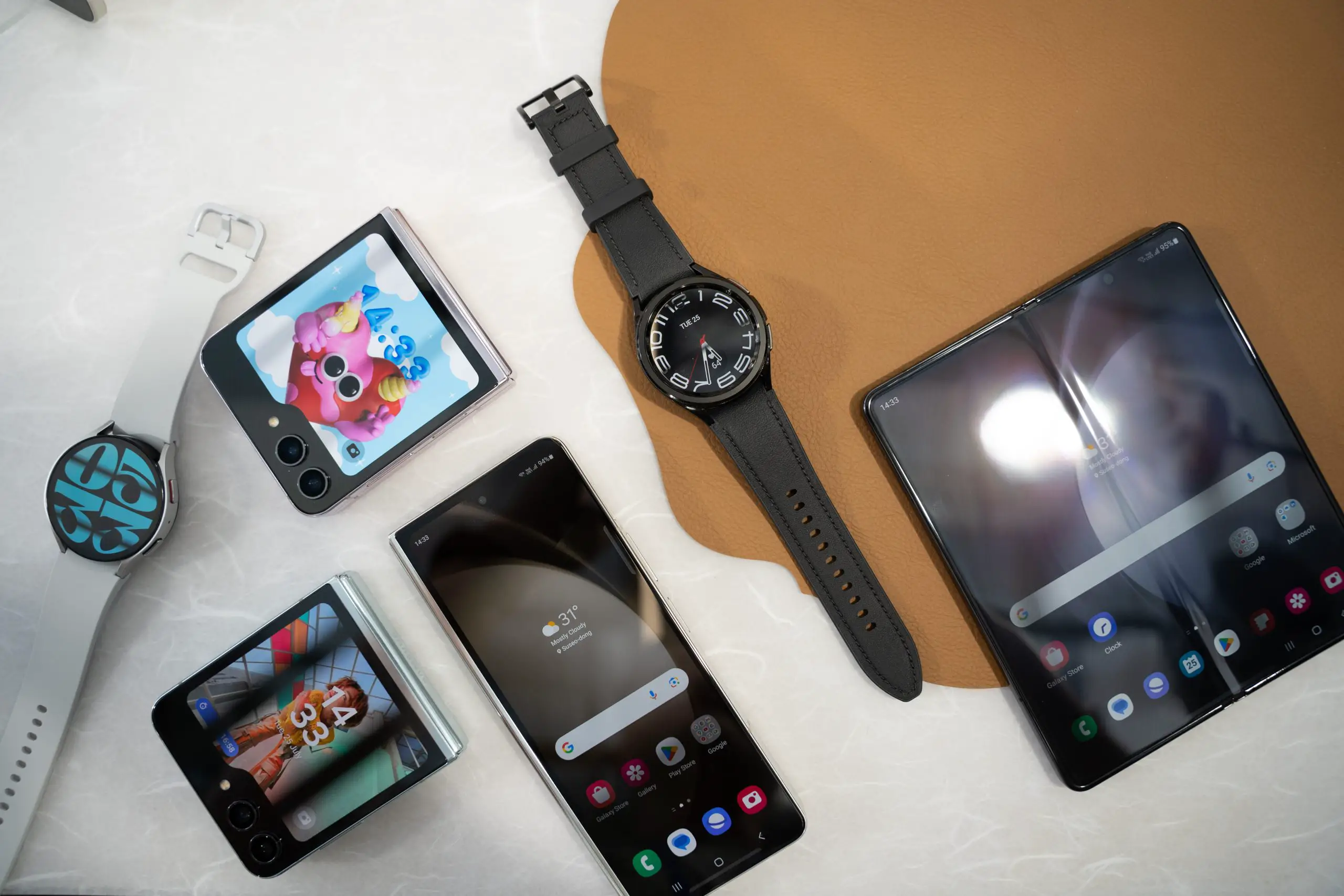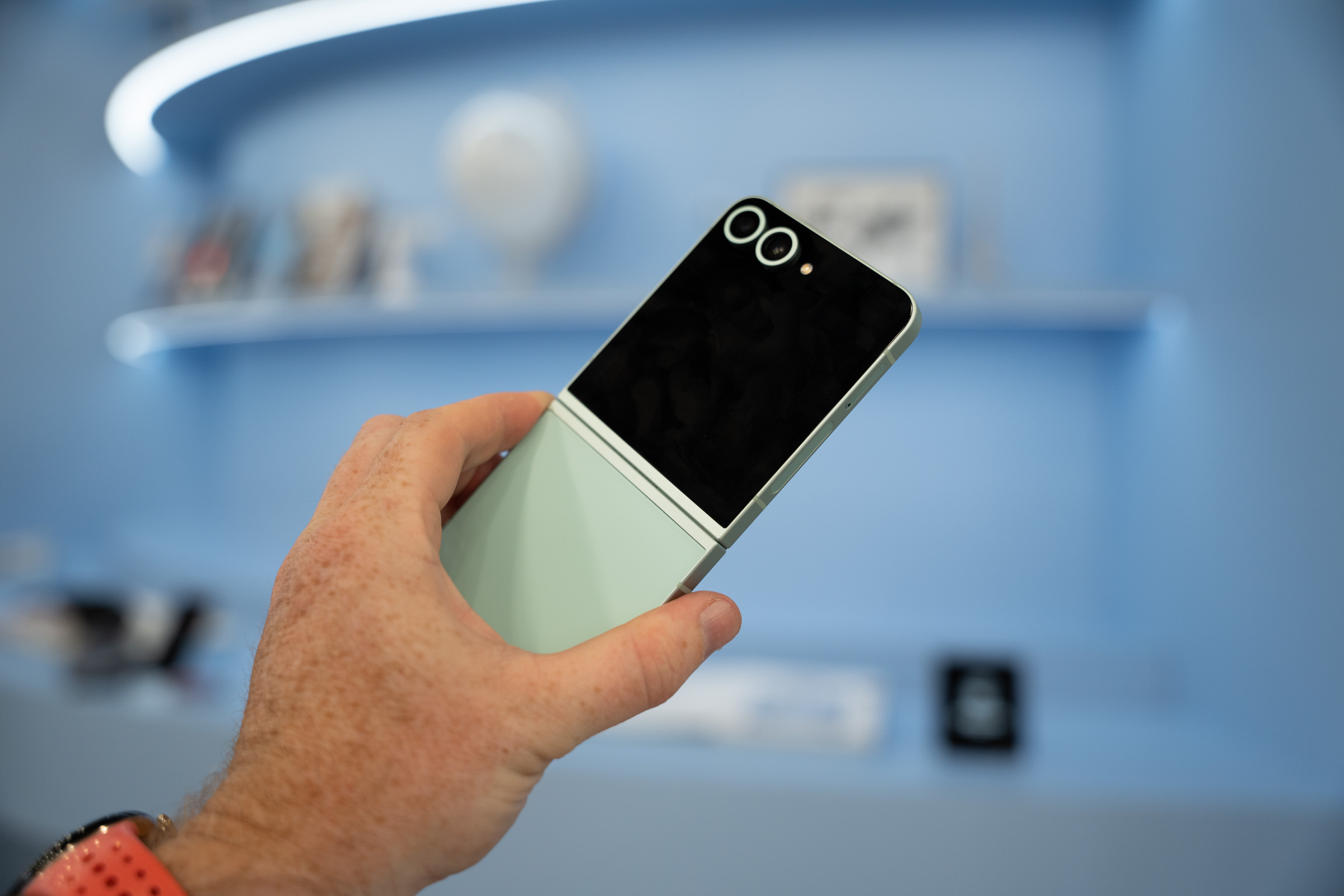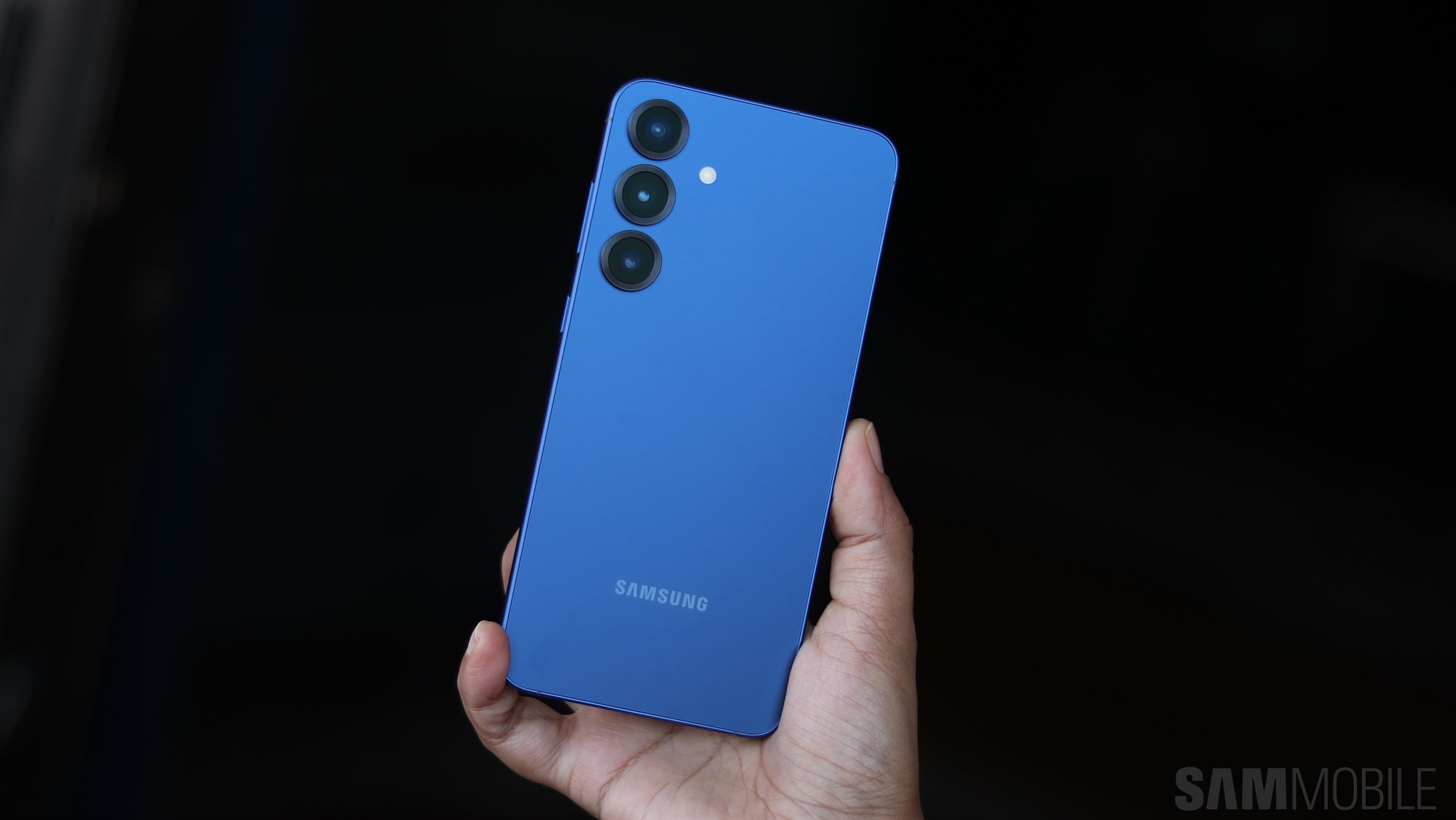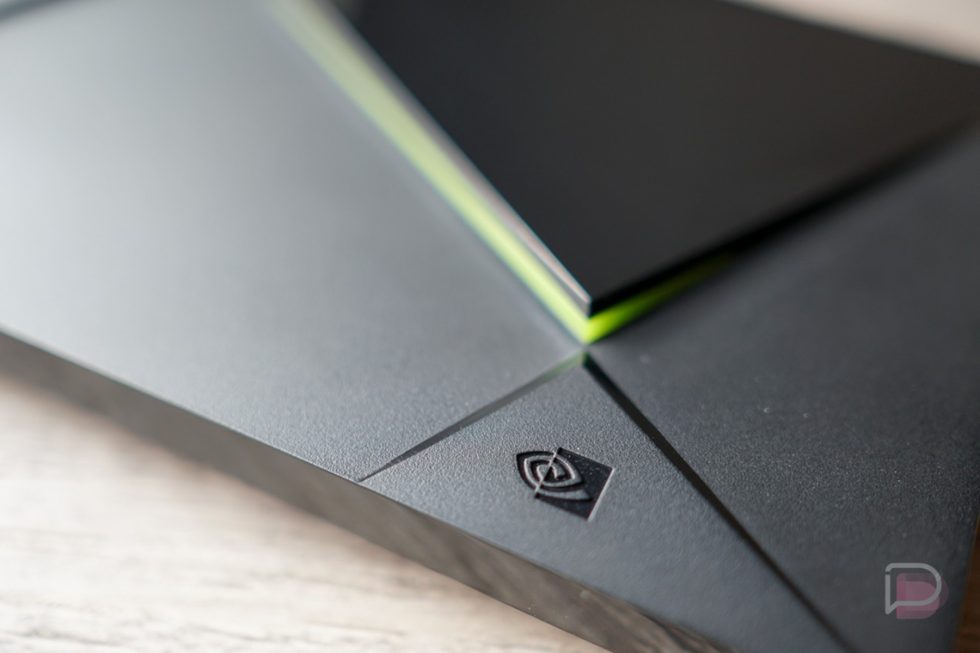Looking for a Budget Samsung Phone? Why Refurbished Galaxy Devices Make Sense
Samsung makes some of the best Android phones in the world. Whether you’re after flagship performance, a solid midrange device, or a budget-friendly option that still punches above its weight, there’s a Samsung phone for you. The company’s lineup stretches from the entry-level Galaxy A series all the way to its premium Galaxy S and Z Fold models. And let’s not forget that Samsung pretty much leads the foldable phone market. But the best tech Samsung offers comes at a price—literally. The Galaxy S25 Ultra, packed with high-end specs and one of the most advanced camera systems available, starts at […] The post Looking for a Budget Samsung Phone? Why Refurbished Galaxy Devices Make Sense appeared first on Phandroid.

Samsung makes some of the best Android phones in the world. Whether you’re after flagship performance, a solid midrange device, or a budget-friendly option that still punches above its weight, there’s a Samsung phone for you. The company’s lineup stretches from the entry-level Galaxy A series all the way to its premium Galaxy S and Z Fold models. And let’s not forget that Samsung pretty much leads the foldable phone market.
But the best tech Samsung offers comes at a price—literally. The Galaxy S25 Ultra, packed with high-end specs and one of the most advanced camera systems available, starts at over $1,000. And if you’ve been eyeing the Galaxy Z Fold 6, that will set you back nearly $2,000. That’s laptop money. For many people, spending that kind of cash on a phone isn’t practical.
So what’s the alternative? If you’re looking to get your hands on a Samsung phone without draining your bank account, it might be time to consider refurbished.
What does refurbished actually mean?
“Refurbished” can sound like a dirty word. It brings to mind images of cracked screens, glitchy software, and second-hand devices that are more trouble than they’re worth. That might be the case if you buy a secondhand phone off a stranger from Facebook Marketplace. But that reputation is increasingly outdated—and often just flat-out wrong.
A properly refurbished phone is not the same thing as a used phone from a random seller on Facebook Marketplace. Refurbished devices are inspected, repaired, and tested by the seller (or a trusted third-party partner) before they’re resold. That means broken parts get replaced, batteries are tested or swapped out, and the phone is cleaned up to meet a specific condition grade. You still get a discount—but you’re not getting a mystery box with someone else’s problems inside.
Many retailers also clearly label the phone’s condition so you know what to expect before you click “buy.” For example, Amazon uses terms like Premium, Excellent, and Good. Walmart’s Renewed program breaks it down into Premium, Like New, Good, and Fair. If you’re looking for a refurbished Samsung smartphone on Phonebot, you’ll find them listed as Open Box, Like New, A-Grade, and B-Grade. These condition tiers help set expectations for both appearance and performance.
If you’re okay with a few scuffs or scratches, you can save even more. But if you want something that looks and feels nearly brand-new, those options are available too—still for less than what you’d pay for a sealed unit at full retail.
Should you buy a refurbished phone?
In most cases, yes. Especially right now.
Smartphone innovation has slowed down. Gone are the days when each new model brought massive leaps in speed, battery life, and camera performance. Today’s phones are iterative. The jump from a Galaxy S23 Ultra to an S25 Ultra? It’s real, but it’s not night-and-day. For most users, it’s barely noticeable.
This is important because it means you don’t need to chase the latest model every year. You can buy a refurbished flagship from a year or two ago and still enjoy top-tier performance, great photos, and long-lasting support.
It’s also time to be honest about how you use your phone. Do you really need that 108MP sensor if you’re mostly snapping photos of your lunch and your dog? Is 8K video recording a must-have if you’re mostly sharing clips on Instagram, which compresses everything anyway? Buying a refurbished phone lets you get the features you actually use, without paying for the hype.
More importantly, software support has come a long way. Samsung now promises seven years of Android OS and security updates for its newest models. That’s a huge deal. It means even if you buy a Galaxy S23 Ultra two years after its launch, you’ll still be covered with updates for five more years. Refurbished no longer means outdated. In many cases, it’s just delayed gratification.
Buying refurbished is better for the environment
There’s also the environmental side of things. Making a smartphone isn’t just expensive—it’s resource-intensive. According to most estimates, manufacturing a single smartphone emits around 16 kilograms of CO2. That might not sound like a lot on its own, but multiply that by the 1.4 billion smartphones made every year, and the numbers get a lot uglier.
These devices rely on rare earth metals—like lithium, cobalt, and tungsten—many of which are difficult to extract and increasingly scarce. Mining them also comes with human and environmental costs. We’re not talking about abstract consequences either. Some of this mining takes place in developing countries under ethically questionable conditions.
When you buy refurbished, you’re not solving all of that, but you are reducing demand for another newly produced device. You’re giving a phone a second life instead of letting it become e-waste. No, you’re not going to save the planet by yourself. But multiply your decision by a million people, and suddenly, it’s a million fewer phones that need to be built. Every little bit adds up.
What to consider when buying a refurbished phone
That said, not all refurbished phones are created equal. It’s important to know what you’re buying and who you’re buying it from. First, always buy from a reputable source. That could be a major retailer with a clear refurbishment program or a dedicated refurbisher that specializes in smartphones. Transparency is key—you should be able to see the condition grade, what was replaced (if anything), and whether the phone was tested or certified.
Also, pay attention to the warranty and return policy. Good sellers will offer at least a 30- to 90-day warranty, and some even go up to a year. This is your safety net in case something isn’t right. A return window gives you peace of mind and a chance to check that everything works as expected.
Make sure you also double-check the model you’re buying. Some refurbished phones might be carrier-locked or come with region-specific software. You’ll want to confirm that the device is fully unlocked and supports the bands used by your carrier.
Lastly, don’t forget to look at the battery. Battery health is one of the most important aspects of a phone’s long-term usability. Ideally, the refurbisher has either replaced the battery or verified that it’s still in good condition. Some sellers will disclose this, but others, not so much. If you’re not sure, ask before buying.
Final thoughts
Refurbished Samsung phones are no longer a compromise. They’re a smart, sustainable choice in an age where tech is getting more expensive and upgrade cycles are slowing down. Whether you’re after a Galaxy S-series powerhouse or a foldable that finally fits your budget, going refurbished gets you more for less.
You still get quality. You still get performance. And you walk away with more money in your pocket—and a little less guilt about your carbon footprint. That’s a win any way you look at it.
The post Looking for a Budget Samsung Phone? Why Refurbished Galaxy Devices Make Sense appeared first on Phandroid.

